The Article
ATC HDA-P1: A Case Of INDUSTRIAL ART & DESIGN
5th April 2017
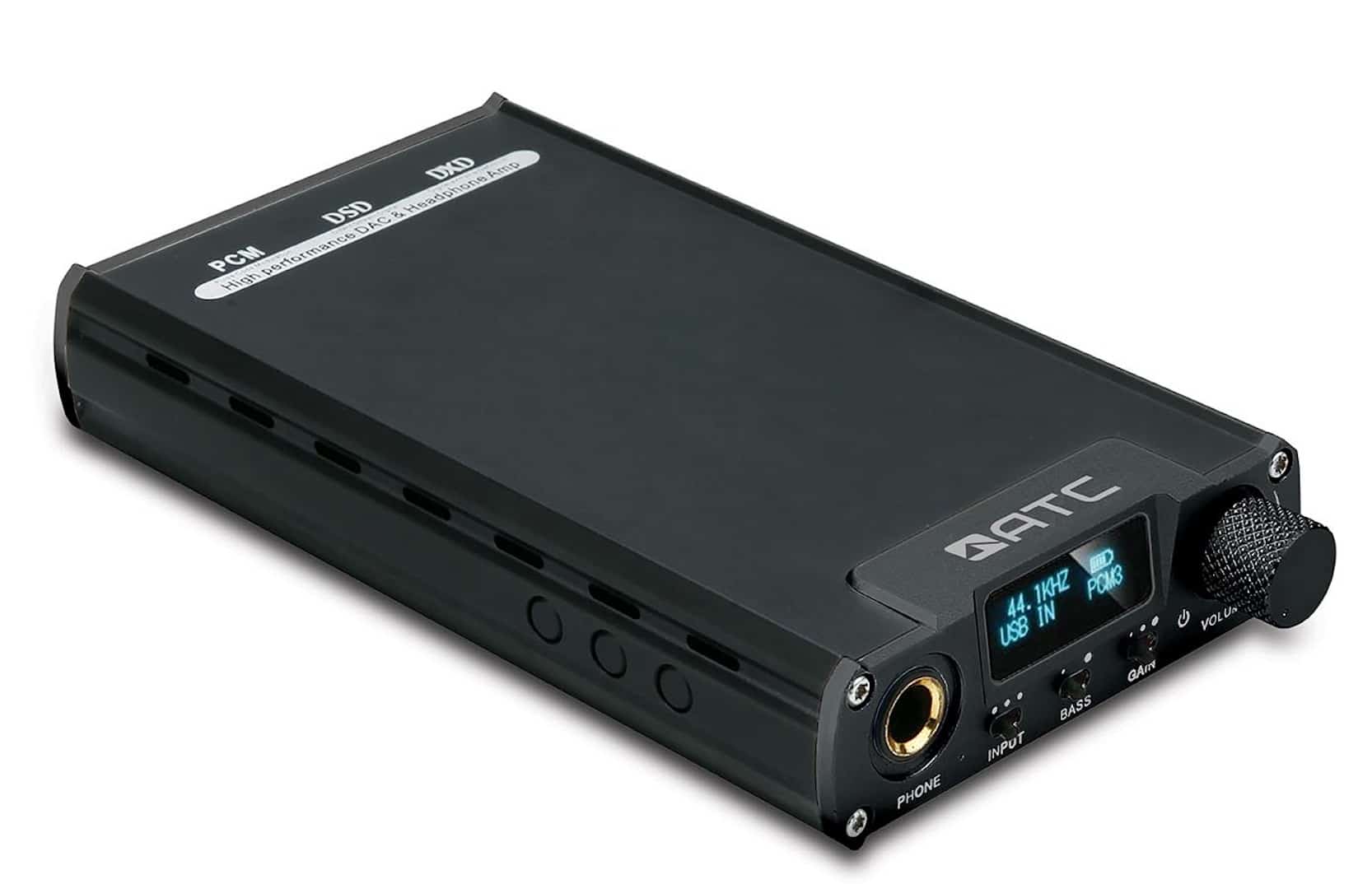
ATC has been treading the technology boards since 1997 from its base in Hong Kong, working with other technology parters such as Microsoft and producing accessories for Apple. Now, it has a range of mobile devices on offers. One of those is the new headphone amplifier. Paul Rigby reviews the HDA-P1
Based on a Cirrus Logic CS8422 audio processor and utilising an AKM AK4490 DAC, this little box is fully featured in terms of format support running up to 24bit/192kHz via the optical port and up to 32bit/384kHz via the USB. That same port also provides up to DSD 256 and DXD 24 support too.
The front of the unit provides a 23mm OLED display, switches for source input, bass boost (useful for mobile use) and gain (useful for hard-to-drive headphones). Around the back you’ll see a Digital In and Aux In along with a mini-USB charge port and USB connector to connect to your favourite device. Two tiny lights are included. One lights up when charging while the other lights when the source USB port is in use.
If you want to use an iPhone with the P1, you’ll need to grab a camera adaptor from Apple while Android users will need a OTG (as opposed to an OMG) convertor cable.
Finally, the side of the chassis features three slightly recessed buttons to turn off the screen (to lower potential sonic noise infiltration), an optical/coaxial resolution selector from 48kHz to 192kHz plus a third button to access a range of PCM and DSD filters including, for the former: sharp roll-off, slow roll-off, short delay sharp and short delay slow and, for DSD, a reserved cut-ff, 50K cut-off and 150K cut-off. You can read more about these filters below.
The 40,000mAh Li-polymer battery charging takes around five hours to complete while battery life depends on use, of course.
Spanning 75 x 140 x 23mm, the P1 weighs in at a reasonable 270g while, inside the packaging, you get a source USB cable, a USB charge cable, two silicone bands to lash your P1 to a source, some stick-on rubber feet and driver CD for PCs.
IN USE
For some, the ATC will be a touch on the large side, especially when dinky designs like Chord’s Mojo are placed alongside it. Nevertheless, put a largish format smartphone on top of it (a possible and viable sound source) and the ATC is almost exactly the same size. At least it was for my iPhone 6S. Thick rubber bands are supplied to bond a source and the ATC together for ease of use.
The P1 looks tough, industrial and as if it’s ready for some hard work. There’s nothing soft or squidgy about the P1: if it had eyebrows, they’d be furrowed and serious. The styling depends on taste, of course but I like it. It feels…70s-like. If you get my meaning. It harks back to a time when men-were-men and hi-fi had to be delivered by fork-lift trucks. Not that the P1 is heavy, it is very light in fact. It’s just that visual impression it gives.
One note, I was very happy to see a full size headphone socket on the ATC. Obviously, ATC is expecting its customers to use pretty serious designs with his head amp. The majority of mobile headphone amps arrive with the smaller variety which means that your headphone choice is restricted and you have to use an adaptor. I can confirm, after extensive tests, that termination adaptors do sonically harm the final sound quality. The larger socket means that the very best headphones are a viable choice without having to use a veiling convertor.
Finally, the small OLED screen on the front of the P1 is usable in normal in-door situations but useless in strong light which harms its mobile performance a touch. Not a major problem, though. Most uses will become quickly familiar with the P1’s mechanical interface and won’t even refer to the screen on most, regular, day-to-day tasks.
SOUND QUALITY
To begin, I connected the ATC to my iPhone 6S via the ATC’s USB cable and camera adaptor cable (you’ll need to add an extra £29 or so to your budget if you want to go down this route, though). I listened to a basic MP3 file in this mode and chose Marvin Gaye’s Mercy Mercy Me. Despite the heady selection of file formats, MP3 play will remain an important source for the ATC so the unit will need to cope well with this poor file source if it wants to do well.
I was happy to hear that the ATC coped well with the MP3. That is, it did reveal the paucity of sonic information from the MP3, it didn’t try to veil the bad news. The ATC did provide a wide soundstage and admirable space in between the instruments as well as the lead vocal and the double-tracked backing vocal. The strings were relatively smooth while percussion held enough reverb to provide a sense of depth and richness.
From soul to jazz. I then plugged the USB cable into my MacBook and played Sonny Rollins’ St. Thomas via Audirvana Plus (a recommended piece of software in the ATC manual, incidentally) at 24bit/96kHz.
At this price point, music does odd things to headphone amplifiers. For those that take an audiophile look at the sonics, the sound quality results can be a little unbalanced. Some models out there can be a bit too analytical, other variants can be very dry in their presentation. As for the ATC? Well, there is an inherent sound restriction caused by its price point, yes, but I was bowled over by the generally high quality it offered. OK, the piano on this track is functional but not exactly sparkling. It remains admirable, nevertheless. That’s not a bad thing, though because the piano on this track is the toughest test there is out there – many head amps struggle to reach that high via this sonically chaotic instrument. What the ATC does give you, though, is a pleasing combination of tonal realism and emotional engagement. Hence, the drum kit on this track varies in its tone and its feel. You can hear the strike but also the personality of each drum type. Rollins’ sax includes the breathy nature of the instrument while the bass can be tracked by the ear without too much difficulty. It’s the musicality that hits you, though. You feel that there’s a real human being behind the sax, that the drummer is concentrating and tracking the beat and the upright bass player is grooving to the beat. There is a real engagement occurring via the ATC which makes the music less of a technical exercise and more of an occasion.
Playing Skunk Anansie’s Hedonism at 16bit/44.1kHz retained that tonality and that engagement but I was happy to hear, on this rather dynamic track, no hint of brightness or a clinical approach to the midrange. The open nature of the upper frequencies combined with the balanced and neutral nature of the presentation infused the music with energy making you feel that the band were attacking this song with real relish.
Playing with the ATC’s included toys: the switch to high bass gain added bass mass but didn’t swamp the soundstage as a traditional loudness control might. This option worked better on the high resolution Rollins’ track than the more limited Skunk Anansie track. Good for mobile use when you’re competing with traffic noise. In the quiet of your home, for example, you will probably prefer to minimise this option.
The filters, meanwhile were subtle in their approach, offering little in the way of dramatic sonic variations. Differences were there, though. PCM2’s slow roll off filter added more space and reverb than the sharp roll-off of PCM1, for example. In fact, I preferred PCM2 as my filter of choice as it opened up the mids and added space to the soundstage.
Part of the selling point for this DAC is its DSD support so I played a slice of blues via Eric Bibb and his song, Meeting at the Building at DSD 64 which added a rich complexity of instrumentation and vocals that filled a large and lavishly populated soundstage. Tonally balanced with a detailed midrange output, DSD was well served.
I then tried the same song at DSD 128 and was surprised at how well the P1 handled the extended dynamic reach. This was highlighted easily by the harmonica solo mid-way through the song. Via DSD 64, there was a slight feeling that the instrument was butting its head upon the extremities of the given soundstage whereas that same instrument sounded a whole lot more natural, realistic and had more room to manoeuvre via DSD 128.
Finally, the Frank Bridge Variations: 4. Romance via Benjamin Britten allowed the strings to positively soar. There was no evident break up or rumbling over the dynamics here. You sometimes notice such an effect when a DSD 256-supporting DAC over-reaches itself and just can’t cope with the wealth of new information. The ATC had no apparent issue as DSD 256 music flowed with consummate ease.
Moving from the USB port, on the ATC to the Aux socket, I plugged in the Red Wine Audio-upgraded Astell & Kern AK120 and played Bob Marley’s I Shot the Sheriff at 24bit/96kHz. Playback was both rhythmic and rousing with a number of highlights including the tonally intriguing backing vocals which featured plenty of individual detail for each singer as well as a welcome harmonic blend. More subtle areas of the soundstage such as the organ was illuminated beautifully along with the rhythm guitar while bass was focused and precise.
CONCLUSION
Offering an array of useful features this solidly built and practically designed device provides superb sound quality for the price, maximising its design spec and providing brilliant value for money. Despite its digital sourcing, the ATC never forgets that human beings are behind the music, giving you a engaging performance at all times.
ATC HDA-P1 HEADPHONE AMPLIFIER Price: £200 Tel: 07985 768 460 Email: [email protected] Website: www.atc-hifi.com
GOOD: musicality, emotional engagement, tonality, DSD performance, solid build BAD: industrial design (for some), screen brightness RATING: 8
REFERENCE
Sennheiser HD800 headphones
Kimber Axios headphone cable
Astell&Kern AK120 [Red Wine Audio modified]
Chord Mojo DAC
Apple Camera adapter cable
Audirvana Plus music software
MacBook Pro computer
iPhone 6S phone
Benchmark DAC
HRS isolation accessories

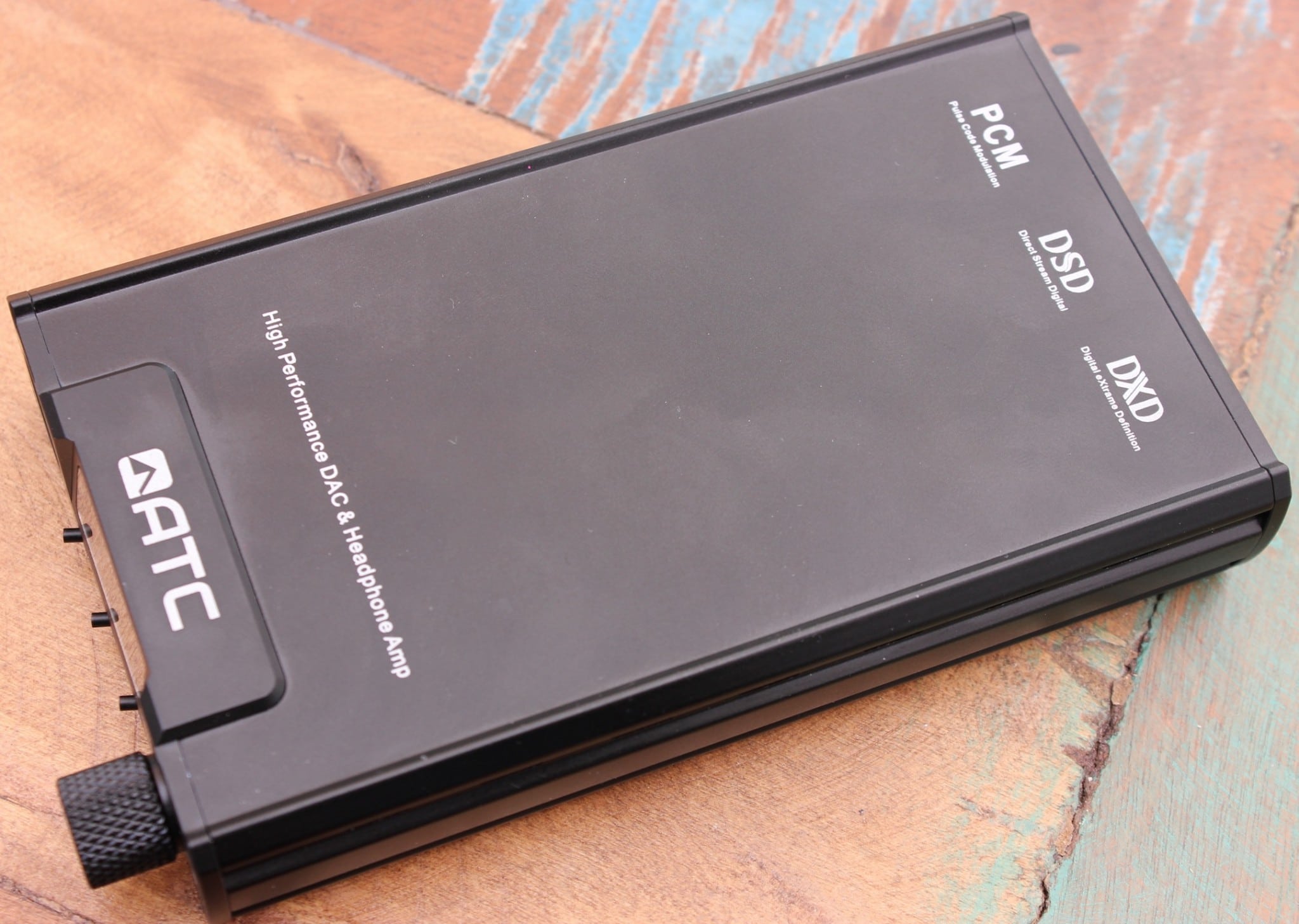
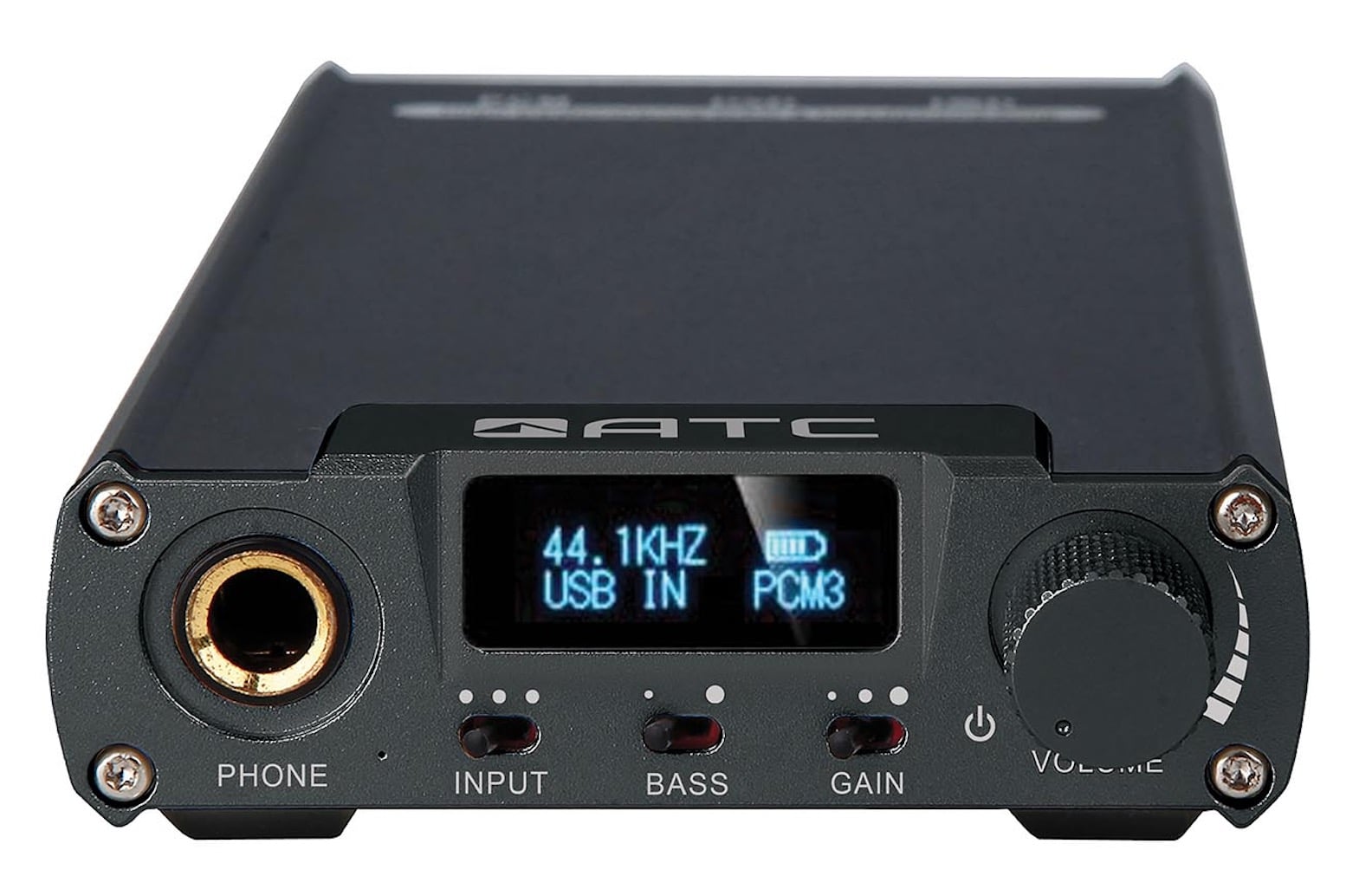
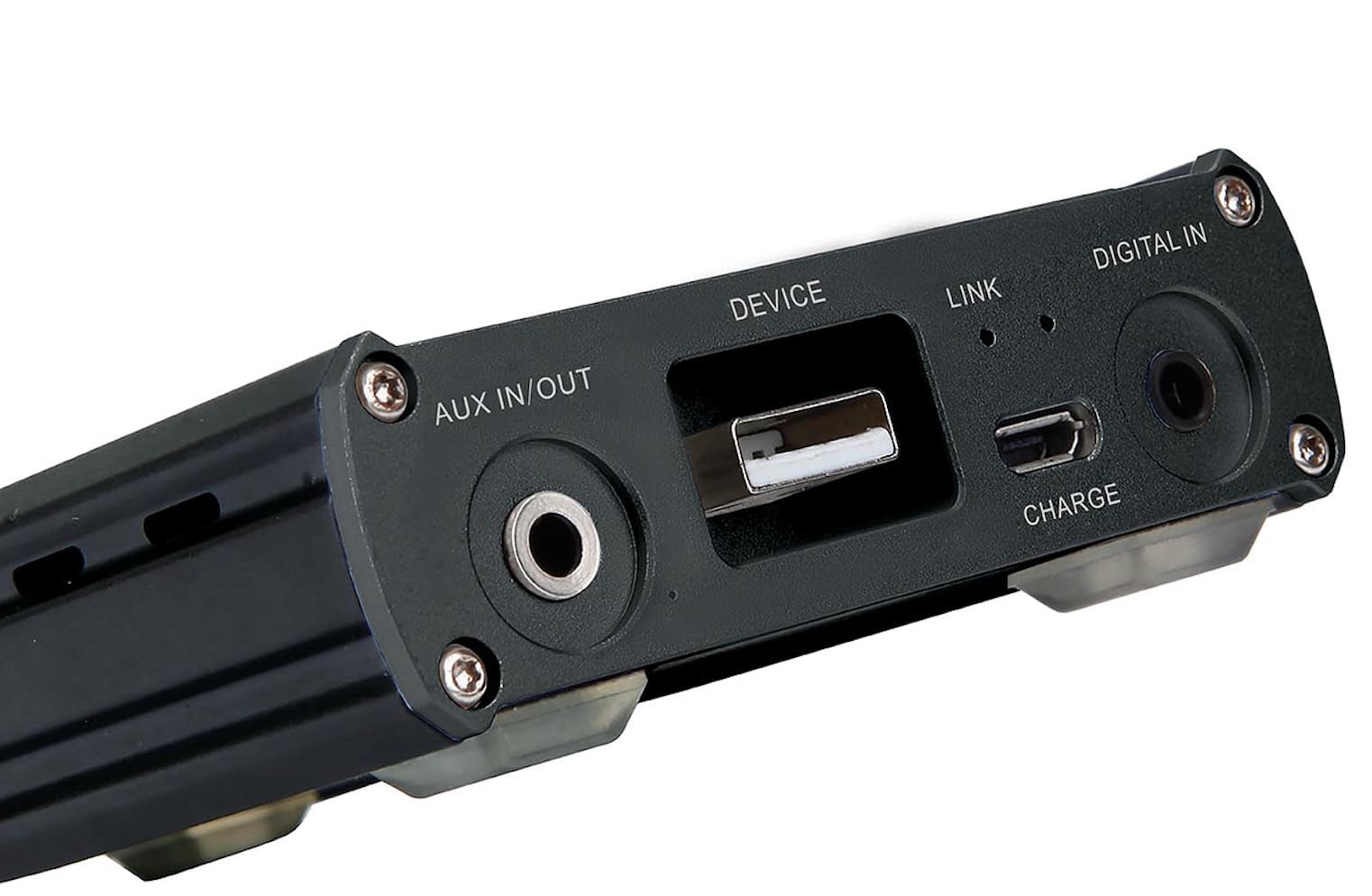

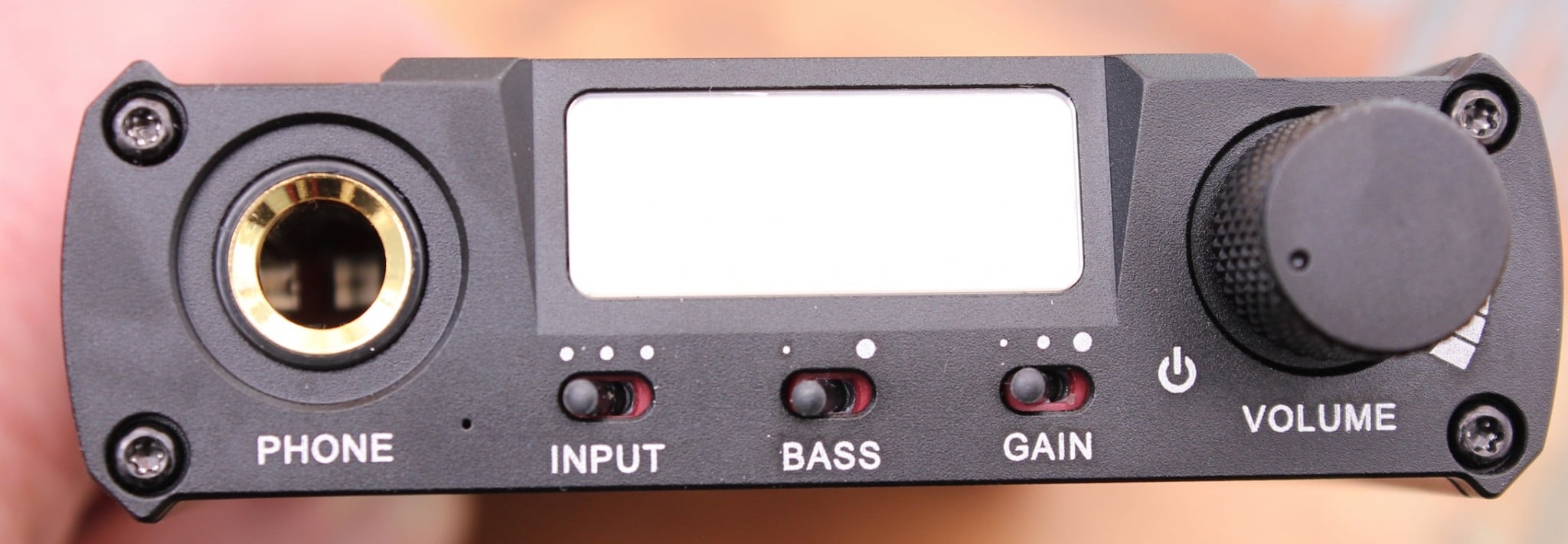

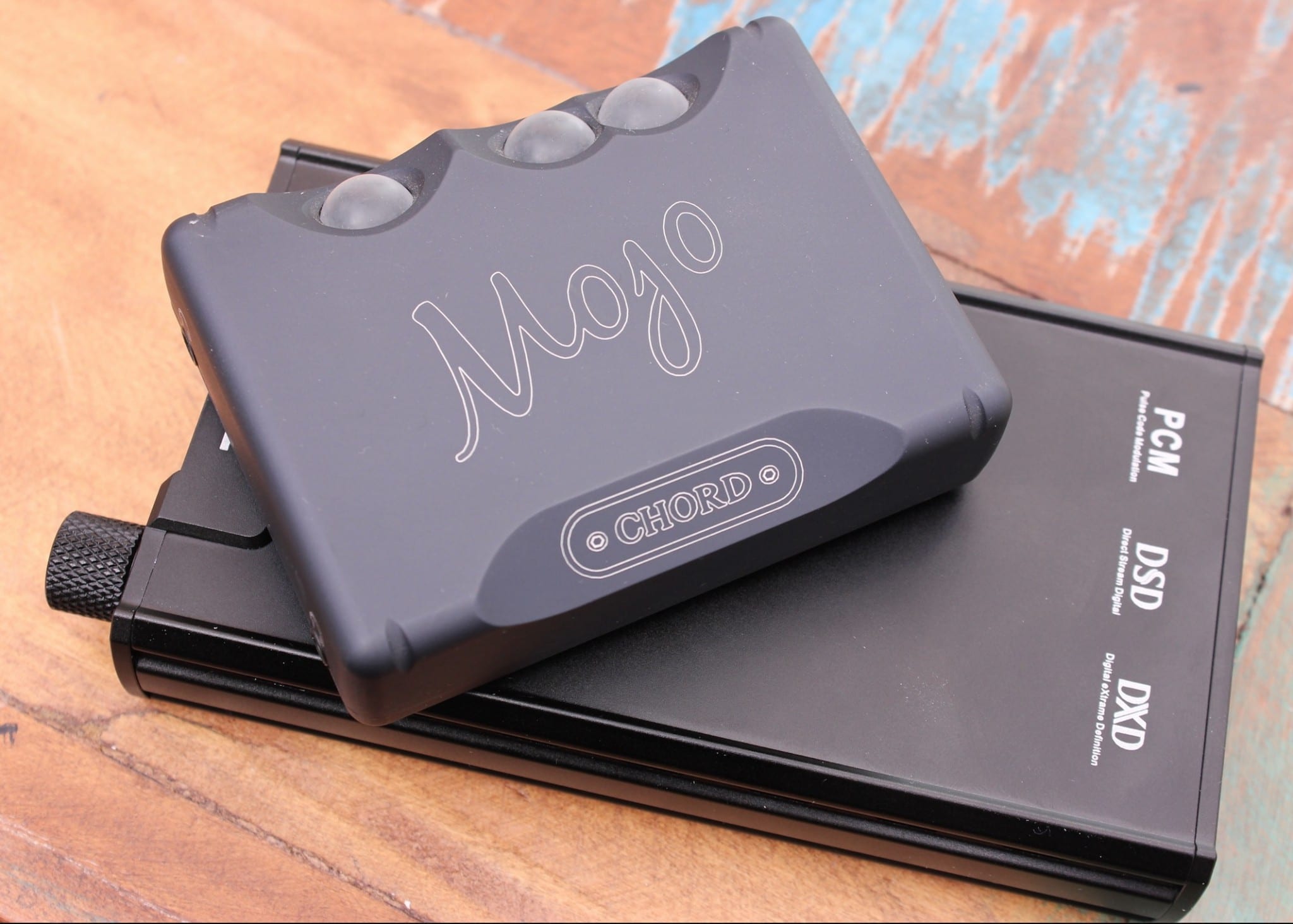
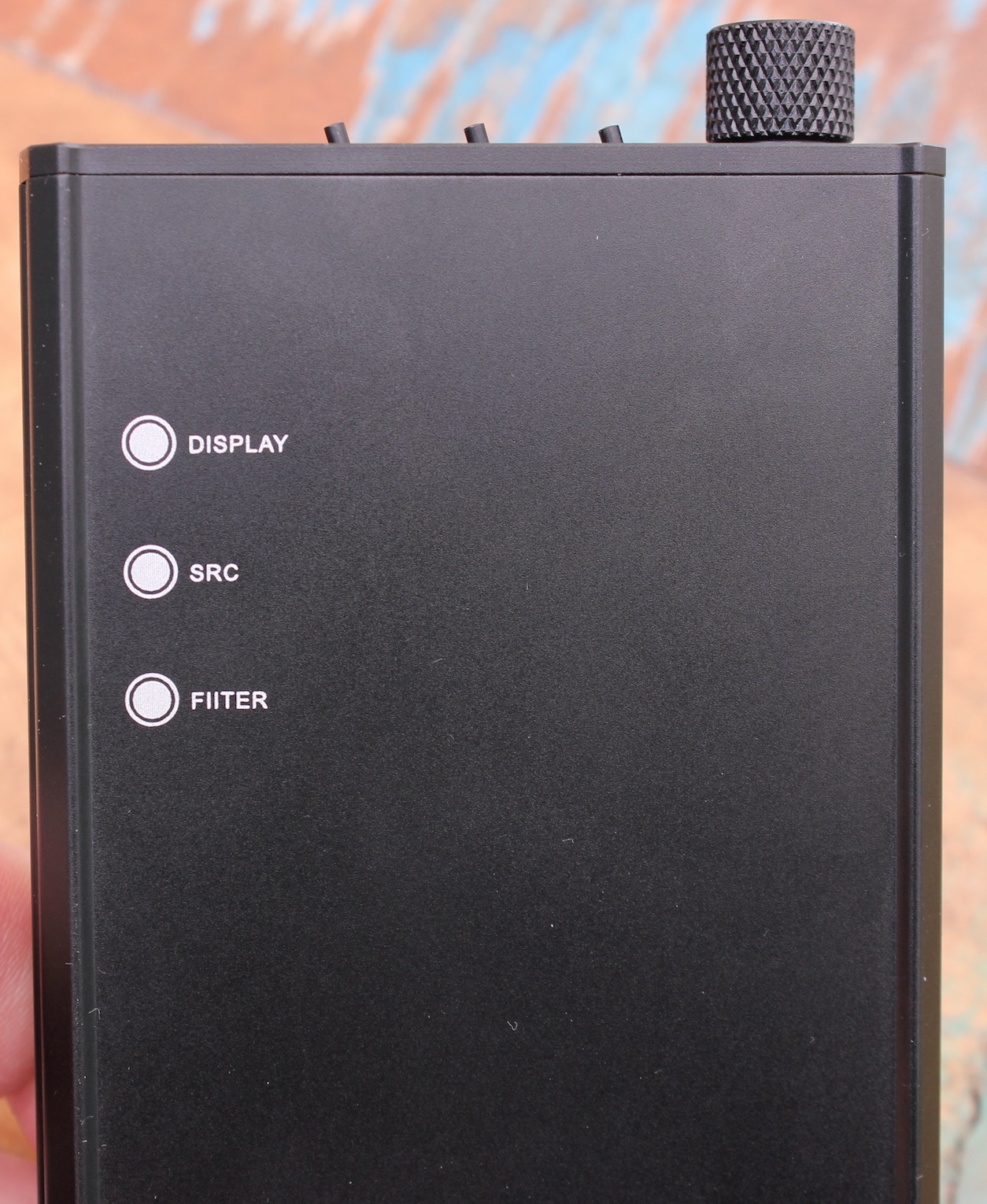
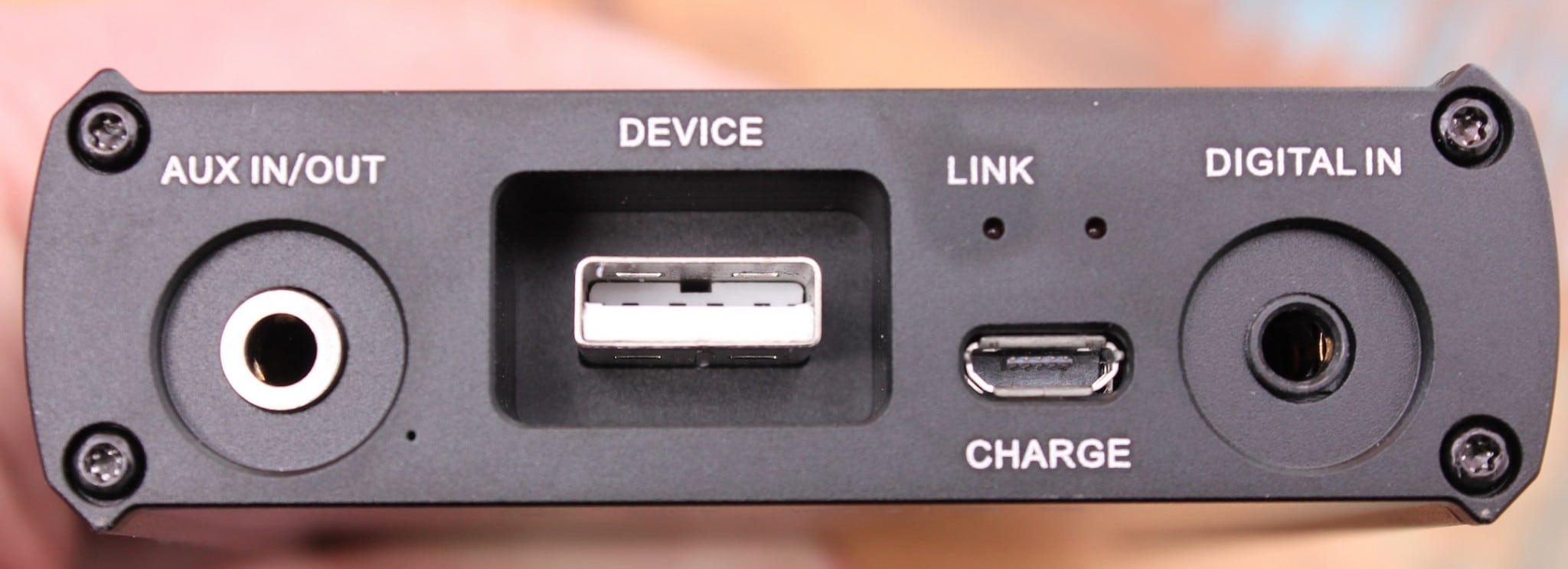

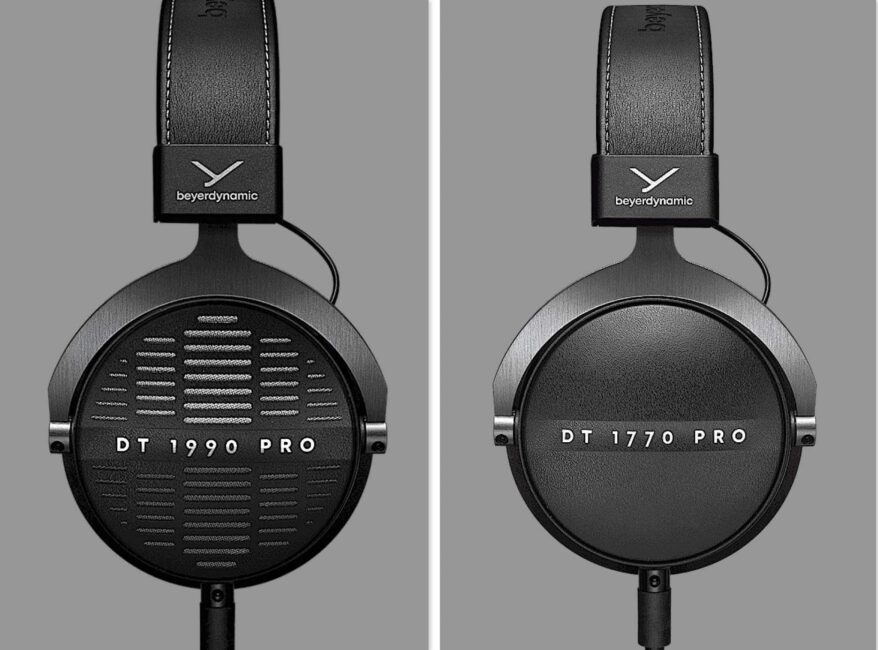

That really is an excellent value/cost.
Agreed, Dave!
40,000mah battery?
Apparently so, yes.
“Battery life depends on use..”
Any ballpark figures paul ?? Is there a visible icon on the screen for battery life ?
Above 10 hrs would be nice
I’ll source an official figure for you, Choonzy.
Hi Choonzy
I have a battery life update for you. The company rates the amp at 11 hours from a single charge.
Is this just a rebrand of the xduoo xd05 or is a brand new design and implementation with the same external case ?
I sought and received a reply from ATC over in Hong Kong about the issue. In so many words, it said that it wanted to make a splash with a selection of products. To quickly make up the numbers (too many product slots to fill in too short a time), it made a deal to sell the xDuoo as an OEM product. The internals of the ATC P1 have been tweaked, though. The xDuoo was ‘voiced’ for a Chinese market whereas the ATC is ‘voiced’ for a European market. Hence, the two will sound different.
Voiced ? . Does it means that this device has not a flat response in frequency and its response is coloured ?. The xduuo xd-05 response is absolutely flat with only a small glitch in the crosstalk, that it a bit high, however under the acceptable range. It’s strange to me that this company would color the sound, as a coloured response is not the most adequate for an solid state amp.
No, not at all. All hi-fi is voiced, depending upon the market it is targeted at. US kit has a different personality to European and both differ from Chinese/Japanese. Each market would exclaim that their kit is ‘flat’. It’s a cultural thing that is reflected in the expectations of the same.
When i look at the frequency response plot of amps i can see if it is flat or if it is voiced, flat o voiced is a mensurable characteric of the device. Most (if not all) of the modern solid states amplifiers have a absolutely flat response (look at pages such as reference-audio-analyzer.pro) for example, and check for a solid state amplifer with a non flat frequency response curve,, you will not find a single one. It sounds very strange to me a solid state amplier which response is not flat.
Hi Julio
I haven’t ignored your last posting. In fact, I’ve asked a colleague, Chris Wray, to answer it. He works for Yamaha, an ideal multi-market company to tackle the subject of ‘voicing’. Ready for this? Then let’s begin…
“In my honest opinion, and this is me (not Yamaha), I don’t think there is such a thing as “flat”… almost everything as an audio characteristic and there are two different pursuits at play here:
The ‘pro audio’ approach.
As a professional mixer or mastering engineering in either a studio or live capacity (used to be one, at least a tiny bit of authority here… even if it’s not that well respected!) your goal is to make the music or artist sound as good as possible. Now, when recording in a studio it’s a good to listen to things as middle of the road as possible and listen to different speakers and hear how the track sounds, everything sounds different in the consumer world. So there’s this ongoing target to have something completely ‘flat’, and you may recall the Yamaha NS-10M speakers, famous in the audio industry but often for the wrong reasons. They were created as the most flat and mid-rangey speaker ever, often while they are still used today. The combination of electronics, paper cone, placement and the wood housing made for this incredibly unique and middle of the road sound. Actually, as a consumer speaker they weren’t very exciting or good at all, but as a pro audio speaker they were the most revealing speaker ever and meant as you mixed you could make critical audio decisions as you were confident they were correct through this speaker. Of course, they were never your ‘main’ speakers but rather your ‘check for safety’ speaker.
This approach is often considered to be ‘flat’ and some people think that’s better. Personally as a party time sound designer, I find that flat is good for working on audio but I don’t like to listen to music on that kind of system because it’s not particularly emotive or exciting.
The ‘HiFi’ approach
Make things sound good, out of the box with minimal fiddling. This can be done through the use of embellished EQ and crossovers, different exotic materials, weird designs, wonderful placing suggestions, etc the list goes on. It’s part of why the ‘snake oil’ salesman can exist so happily in the HiFi industry as it’s really hard to pin something so emotive down like music. Music is very personal to a lot of people so being able to scientifically tell when something sounds ‘good’ is really tough.
What happens in HiFi is that the rulebook for the pro audio speaker is thrown out the window and the engineer building the speaker or HiFi component thinks ‘how do I make this sound the best it possibly can…’ and that’s where unique circuitry designs come in and really this is a personal preference. Some people like a natural Yamaha sound, others like a more aggressive competitor sound (no names named!) but it’s totally down to them.
‘Voicing’ a speaker to me can mean a combination of these two approaches or something completely different and that’s to do with how everyone’s ears are different and why. All of us, every human all over the world, have ears that are different.
They hear things differently and as we evolve and adapt to our environments, language and general surroundings these characteristics become more clear as time goes on. It’s scientifically proven, there’s been a lot of research done on this subject but the easiest way I can describe it is to listen to a track mixed in India, everything is quite harsh and trebley, because that’s what their environment is like with lots of traffic and the language they speak. Now listen to a USA bluegrass track, it’s quite bassy and has a lot of power in the lower mids because that‚Äôs the enrivonment and stylistic goal of that kind of music.
Now come to the UK, everything is kind of middle of the road but a little bit ‘warm’ in places, it’s quite pleasing to a number of people and that’s what gets the UK it’s weird and wonderful heritage with HiFi.
So, your reader is clearly pursuing a flat system and there’s nothing wrong with that. It’s just that when choosing components he will have to be far more picky and careful and choose things that colour the sound the least. The fundamental problem is that by adding any kind of component/metal/thing/air/radio wave/anything into a signal chain will result in sound being changed somehow so really, nothing is flat. Don’t dwell on that too much though as it’ll drive your reader insane!
The concept of voicing is a cultural requirement by certain markets and a result of the HiFi world wanting to make things sound ‘better’ rather than ‘flat’.”
[…] Sorgente: ATC HDA-P1: A Case Of INDUSTRIAL ART & DESIGN – The Audiophile Man […]
Interesting to read Chris Wray’s comments, thanks. Still wish I knew what the general “voicing” differences are between East and West, especially coming from the East, how they voice it for U.S./Euro markets. I remember reading a description like that in an old Sony catalogue (PDF scan) from the 70s and wondered what it meant.
Hi Paul,
Old review and thread so not sure you’ll pick it up. I’m looking for something to power my HD650 on the go when out of the house. Wondered what you thought about this vs Graham Slee Voyager or any other offerings at no more than ¬£200.
I kept the HD650 which I’ll need to drive- got a Musical Fidelity V90 DAC which sorted the top end right out- that’s a big thing- a portable amp/dac that isn’t too bright.
Cheers,
Will
The ATC offers great value for money, Will, and a neutral sound with excellent build quality and facilities. The Voyager is excellent but time has moved on since it was first released. I’d plump for the ATC.
I also like the idea of plugging straight in with a 6.3mm jack, no adaptor. Thanks Paul, much appreciated.
Absolutely Will – adaptors lower sound quality.
So Paul I noticed their is a price difference w/the xduoo xd-05 and atc xduoo is $210.00 and atc is 249.00, which is better between the two
Hi Ernest
I did query this point with the manufacturer when I did the review in terms of differences, etc and they listed a batch of enhancements, tweaks and improvements that it had instigated. A list I don’t have to hand here, I’m afraid. I have not had a chance to compare the two under formal test conditions but, based on that information at that time, the circumstantial evidence pointed towards ATC as the superior model. As I say, though, I can’t confirm that I’m afraid. Sorry I can’t help further.